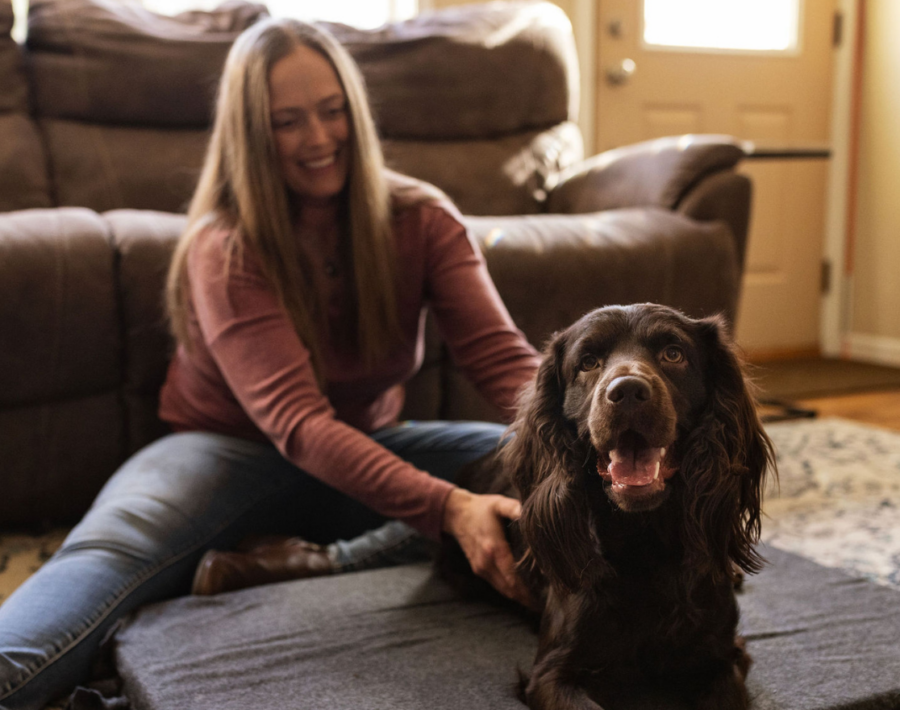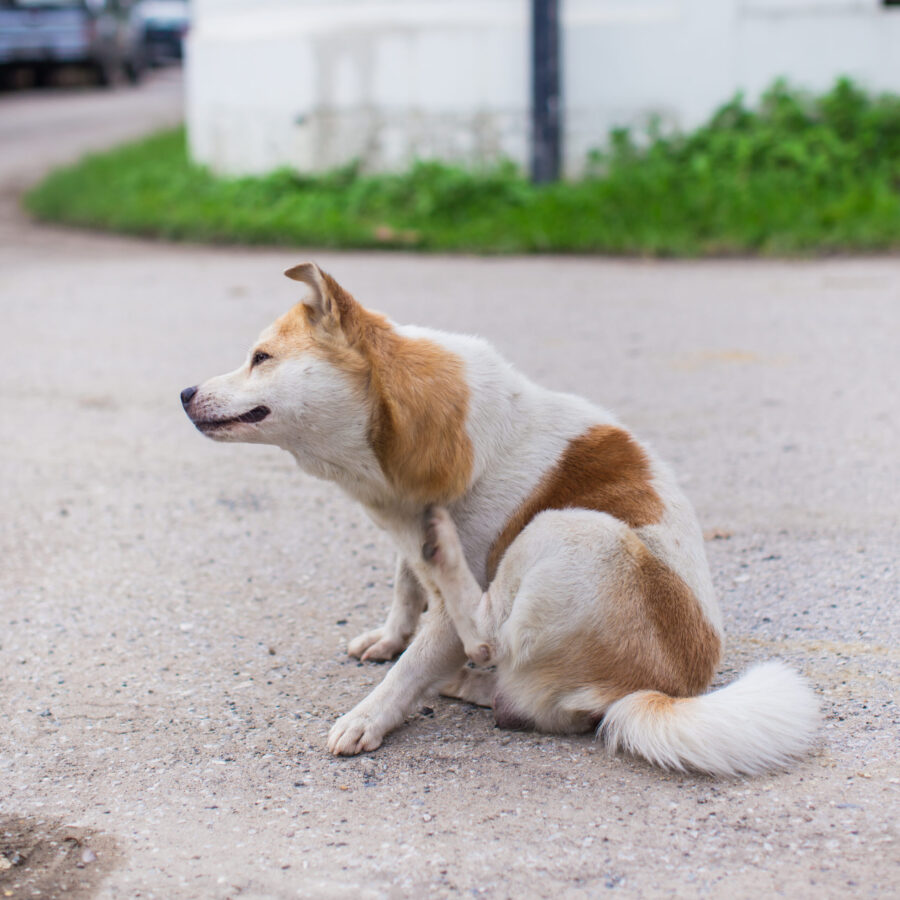Unfortunately, giant breeds are prone to a debilitating and sometimes fatal disease called lymphedma–aka, “scratches,” “mud fever,” or an older term, “milk leg.”
The giant breeds are massively gorgeous animals. Watching their movement, rigorous strength, and tenacious determination is breath-taking. These horses have a splendor all their own. Unfortunately, they are also prone to a debilitating and sometimes fatal disease called lymphedema–or “scratches, “mud fever,” or an older term, “milk leg.”
Horses with feathered lower limbs such as Shires, Clydesdales, Belgians, along with their smaller cousins Gypsy Vanner Horses (aka Gypsy Cobs), Friesians, and the Dales Pony can fall prey to Chronic Progressive Lymphedema (CPL). This condition is characterized initially by swelling of the lower legs below the knee and hock caused by a systemic lymphatic disease. Poor lymphatic drainage leads to a thickening of the skin (i.e., hyperkeratosis), fibrotic tissue, and painful nodules with open lesions.
Because CPL has a high incidence in the giant and related breeds with distal leg feathers, there appears to be a genetic base to this disease. Studies are being done to identify the gene so that horses can be tested for the gene before breeding, thus being able to eradicate CPL from the breed.
Integrative management approach for lymphedema
As dire as lymphedema sounds, in some cases the disease can be managed. Detecting CPL as quickly as possible can make a huge difference in outcome. Holistic veterinarians recommend clipping the horse’s feathers until the condition improves, consistent cleansing and drying to avoid secondary infection, antibiotics, and topical medications. Exercise is essential to enhance lymphatic and blood circulation. Hands-on therapies such as lymphatic massage and acupressure-massage are recommended to increase the movement of lymph.
Acupressure-Massage Technique
The purpose of providing acupressure-massage during the healing process is to reduce the swelling, invigorate the lymphatic system, and increase blood circulation. There are specific acupressure points that are known to disperse the stagnation of fluids that have infiltrated the tissues in the horse’s lower limbs and also improve blood circulation to remove toxins and nourish the tissues.
Horses suffering from lymphedema usually stamp their feet and look for ways to scratch their legs because lymphedema is both itchy and painful. Additionally, the acupressure points shown in the chart (at the top of the article) are known to reduce pain.
Acupressure-massage has been used to help horses recover from debilitating disease, injury, and trauma for thousands of years. Recovery is rarely immediate, but with continued and consistent application every third day, improvement does happen. Healing is a process and one where your good intentions are an important part.








